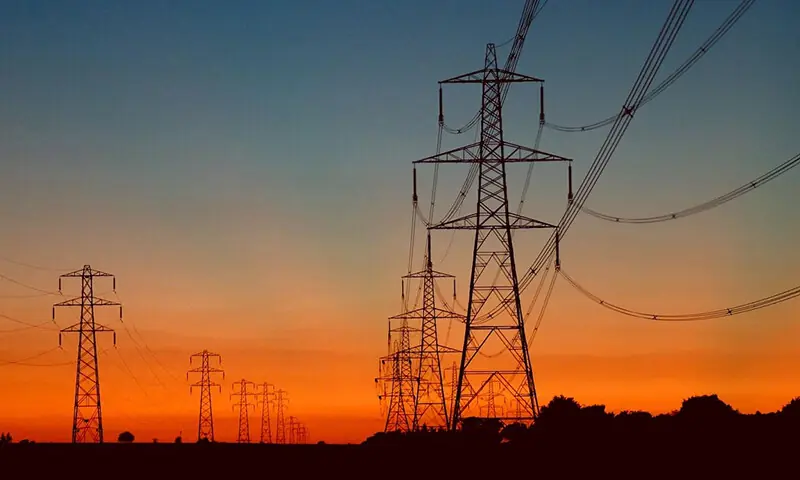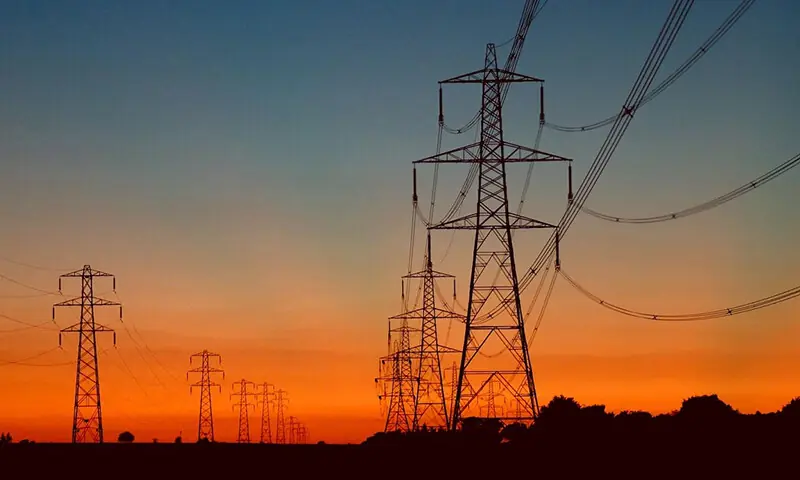Islamabad: Pakistan’s largest exporting body, the All-Pakistan Textile Factory Association (APTMA), has questioned the government’s target of expanding power generation capacity by 50% to 64,000 MW during the 2025-35 period, calling them unrealistic, requiring them to continue investment of about $50 billion, which will lock in “advanced power”.
In a series of detailed objections to the National Electricity Regulatory Authority (NEPRA), Aptma calls for a rigorous reality check of the Exaggggermed demand forecast based on population and GDP growth, allegedly failing to take into account the reality of the country and the power and power sectors.
The association stated that “demand is fundamental to the sales methodology that undermines the credibility of the entire program” and raised broader priorities to include it in the Indicative Generation Capacity Expansion Program (IGCEP 2025-35) “to restart the ground economic phenomenon to enable competence and competitiveness and competitiveness””.
It said IGCEP adopts an overly simple and rather incorrect statistical (regression) model that links grid consumption to GDP growth, population growth and similar macro variables. The basic assumption is that as the economy and population grow, grid demand will increase proportionally.
However, this approach does not consider alternative effects caused by captive power supplies (gas or furnace generators), rooftop solar (or distributed solar), gas boilers, solar water heaters, electric furnaces and other dispersed sources that are increasingly used as alternatives to grid power.
“When these models are omitted, the model incorrectly absorbs its effects into residues, attributed to too much growth in economic activity to increase grid consumption. The result is a systematic exaggeration of the growth in grid demand,” Aptma said.
Such plans are econometric and statistically significant, it said, adding that the endogenous problem of the model is that when the alternatives are omitted, its effects are absorbed in the error terms. As GDP and population growth also drives adoption of captive and solar energy and other non-grid energy sources, the error term is related to the regressor.
This intrinsic correlation also leads to bias and inconsistent estimates in the term statistical sense, as the grid demand elasticity of GDP and population growth is exaggerated.
“In the context of Pakistan, non-grid energy is growing rapidly, and structural biases can lead to a systematic overestimation of future grid demand,” it said, adding that this means that predictions for grid demand are too high, as the model ignores alternatives.
“This upward bias encourages an increase in the generation of excessive production, which in turn creates an inflated ability to pay, beach assets and exacerbate financial pressure on the system,” the association said.
Furthermore, endogenous econometric problems mean that the results are unreliable and are actually overestimated.
“This problem has been common for many years, and its implications are visible in the enormous tidal flat capacity on the grid and the electricity price upgrades generated,” Aptma said. The same “flawed approach” is also used to estimate the demand for consumer tariff determinations, which means that these predictions are also systematically flawed and biased.
This becomes even more dangerous given that IGCEP itself considers energy and electricity demand forecasts to be the basis for all planned activities in the power sector. It is one of the decisive inputs to generate a plan (Planning Code (PC-4) or grid code 2023).
“This makes the flaw a monumental flaw because if the foundation is wrong, the entire plan of the plan collapses. The biased demand forecasts, thus making subsequent plans unreliable, leading to misunderstandings, excess costs and exaggerated tariffs,” it claims.
APTMA observed that unless the central organizational principles of energy planning become affordable, IGCEP will continue to strengthen these issues by increasing the out-of-control upgrade of capacity payments to Rs 2 per unit per unit to Rs 17.06 per unit within 10 years, while now half of consumer tariffs and exceeding the past six-level trillirion over RS, exceeding the system.
“In a country with already limited fiscal space, reduced industrial growth and limited affordability, this level is clearly unsustainable.”
It requires that “the increase in the next generation should not be demonstrated without first reducing this burden to Rs 5 per unit. This ceiling must be a binding benchmark for all future plans and approvals” and that discipline can be injected into a long-standing planning environment by megawatts, donor pressure and donor pressure, short-term symbols, usually paid for by consumers.
APTMA also noted that the country is currently facing the risks of stagnant demand, overcapacity and detention, and plans to address these challenges. It said industrial demand fell by about 4% in fiscal 2025, while agricultural consumption fell by more than a third as farmers turned to diesel and solar alternatives.
This means national demand growth has stagnated, but IGCEP is expected to increase capacity by nearly 20,000 MW. “This mismatch leads to more idle plants, high fixed costs and upgraded circular debt,” it said.
Posted in Dawn on September 29, 2025



